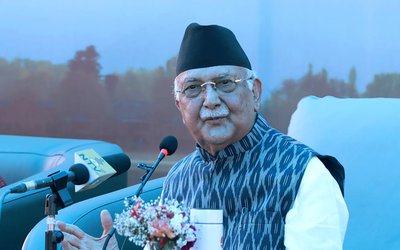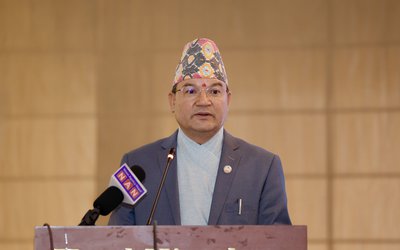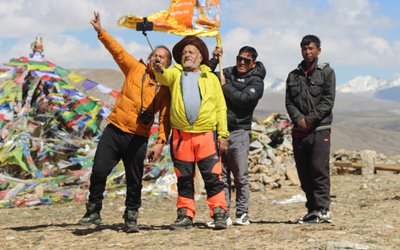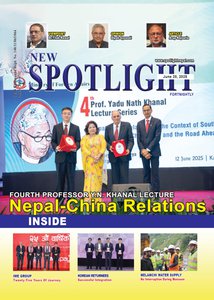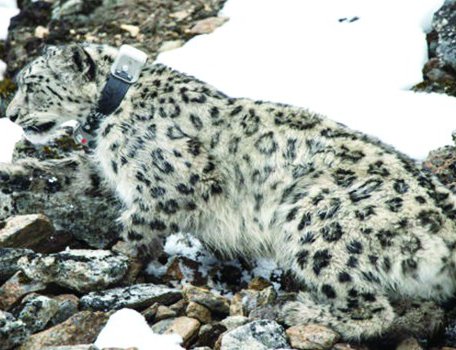
The country has revealed its first-ever national estimate of the snow leopard population, counting 397 individuals across seven study regions with a mean density of 1.56 per 100 square kilometres.
The announcement marks a major innovation in conservation efforts for the elusive Himalayan big cat and positions in the country among a handful of countries to have conducted such a comprehensive assessment under the Global Snow Leopard and Ecosystem Protection Programme (GSLEP)'s guidelines, said a press statement issued by WWF on Sunday.
The coordination, data collation and analysis for this assessment was conducted under the leadership of the Department of National Parks and Wildlife Conservation (DNPWC) and the Department of Forests and Soil Conservation (DoFSC).
“This scientific achievement underscores the country’s commitment to safeguarding snow leopards and their fragile mountain ecosystems,” said Dr. Ram Chandra Kandel, Director General of DNPWC, speaking on the significance of this achievement.
“This national estimate is a historic step in Nepal’s conservation journey. It not only provides us with a clearer picture of snow leopard populations but also informs future conservation strategies. Our commitment to protecting this species remains unwavering, and we will continue working closely with local communities and global partners to ensure their long-term survival,” he said.
The assessment utilised data on snow leopard distribution and population density collected between 2015 and 2024, from individual studies led by the government, conservation institutions and researchers, using cutting-edge technology including camera traps and genetic analysis of scat samples.
The assessment was conducted following Global Snow Leopard and Ecosystem Protection Programme (GSLEP)'s Population Assessment of the World’s Snow Leopards (PAWS) by the technical team under the leadership of Senior Ecologist, DNPWC, whose members comprised of individual researchers and conservation organisations including WWF.
- IME Group Launched Nepal’s First Fiber Cement Board Industry with Its Investment
- Jun 25, 2025
- Distribution of Land Ownership Certificates in Lamahi Municipality with Korea's Support
- Jun 25, 2025
- Weather Forecast: Partly To Generally Cloudy With Very Heavy Rain Is Likely To Occur In Few Places In Koshi And Sudurpaschim Provinces
- Jun 25, 2025
- Finance Minister Poudel Withdrwan Take And Pay Provision
- Jun 24, 2025
- Japan Hands Over Medical Equipment to Bayalpata Hospital in Achham District
- Jun 24, 2025
